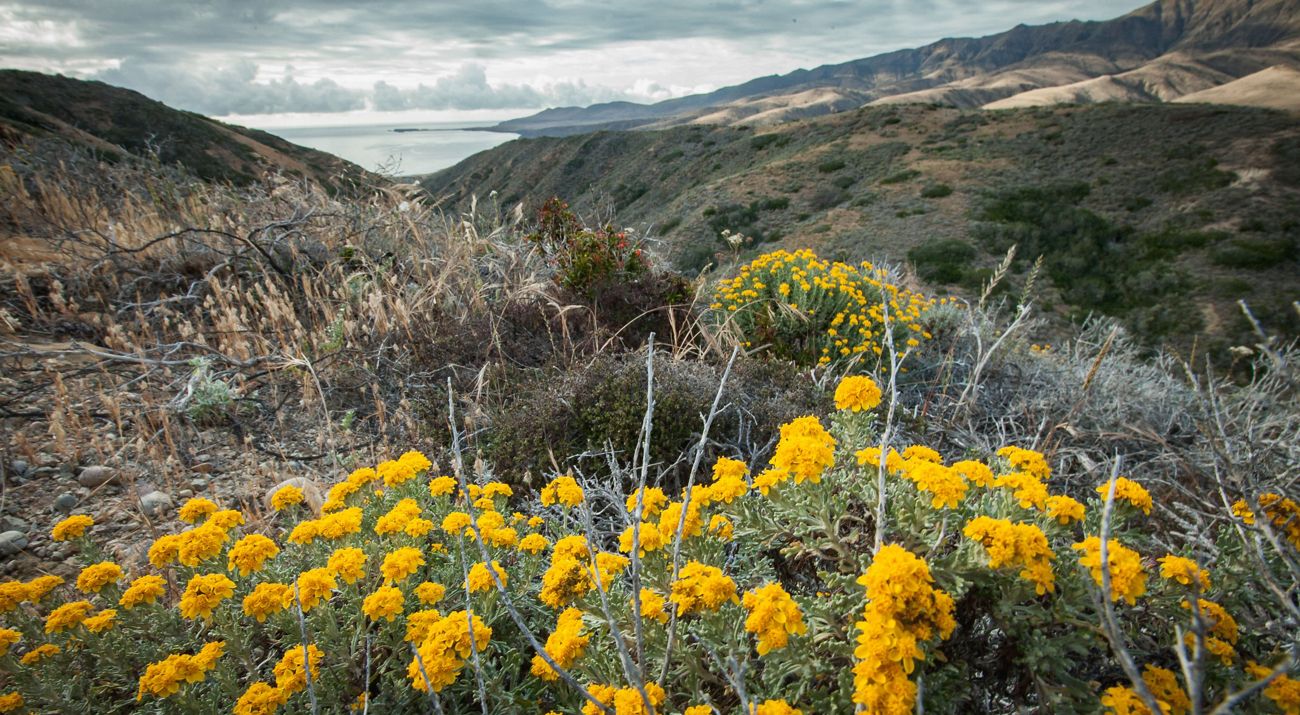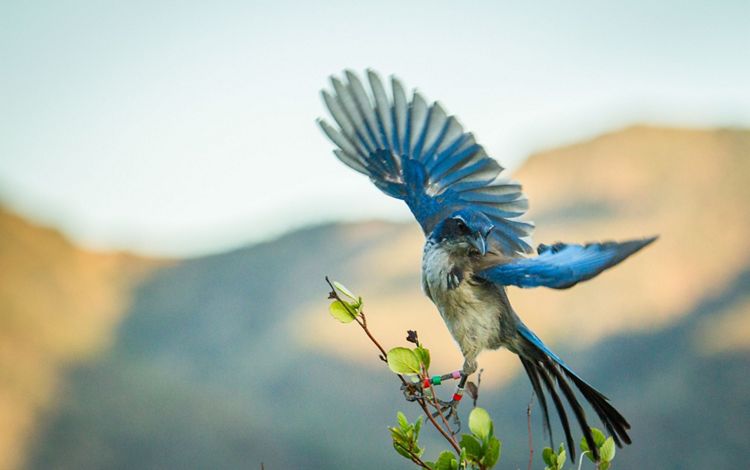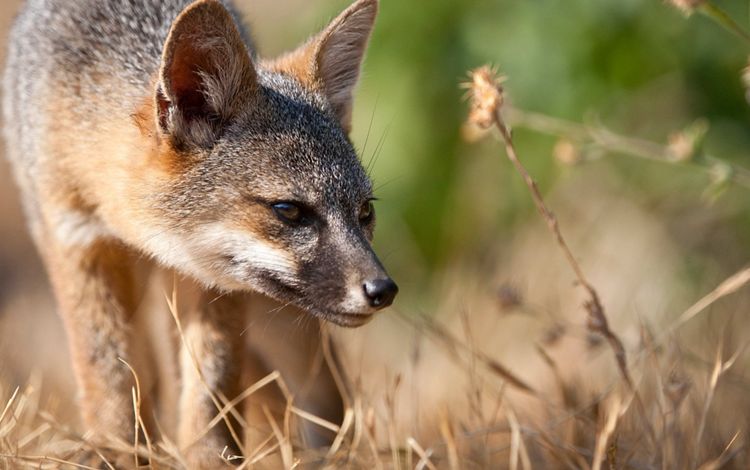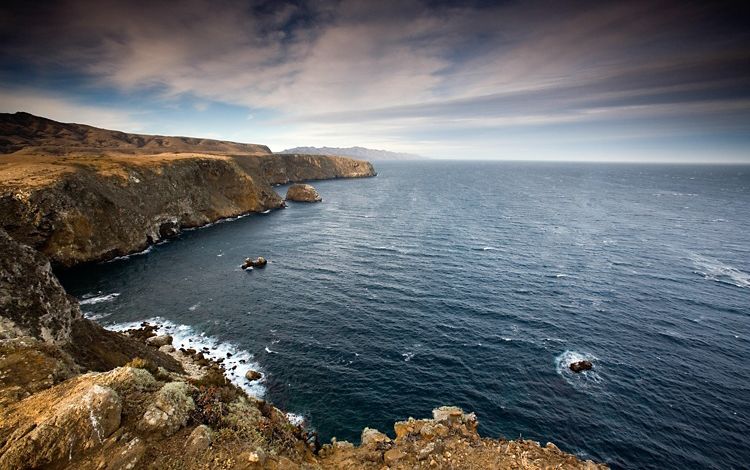
Santa Cruz Island Anniversary
Celebrating four decades of conservation and innovation
Once on the brink of ecological collapse, Santa Cruz Island is a portrait of what southern California used to be like before the footprint of man.
Twenty five miles off the coast of southern California and part of Channel Islands National Park, Santa Cruz Island has been a living laboratory for island restoration and conservation since The Nature Conservancy purchased most of the island in 1978.
See more of Santa Cruz Island



Thanks to more than four decades of relentless work and commitment from supporters, Santa Cruz Island has emerged as a leading example for successful island restoration and innovative conservation.
Learn more about the history of Santa Cruz Island
The Conservancy’s 75 percent ownership of the island allows it to practice innovative conservation methods and share lessons learned with other island conservation projects around the world.
Milestones in conservation
Not long ago, foxes native to the Channel Islands off the California coast teetered on the edge of extinction.
But in a win for the tiny gray animals, the U.S. Fish and Wildlife service announced in 2016 that the Santa Cruz Island foxes have recovered so well that they can be removed from the Endangered Species List, marking the fastest recovery of any mammal under the Endangered Species Act.
Managing the present, protecting the future
Santa Cruz Island’s rich, rugged environment--which includes more than 1,000 species of plants and animals across 77 miles of dramatic coastline--is threatened by Argentine ants, which are nearly impossible to get rid of, in part because of their sophisticated queen and colony structure.
It had never been done before with an infestestation as large as Santa Cruz’s, until the Conservancy devised an ant eradication project that includes dropping tiny sugar water beads from helicopters containing poison so diluted, it was undetectable by the ants until it was too late -- and then enlisting the help of Tobias, a three-year-old Labrador retriever and the only dog in the world trained to sniff out these invasive ants.
Learn more about how this very good dog hunts very bad ants
The restoration of Santa Cruz Island has been a resounding success, but the work is far from over. The world’s islands contain 20 percent of the world’s biodiversity. Fifty percent of the world’s species will be extinct in the next 80 years unless we intervene. The time is now to use scientific strategy to solve the significant environmental challenges in front of us.


